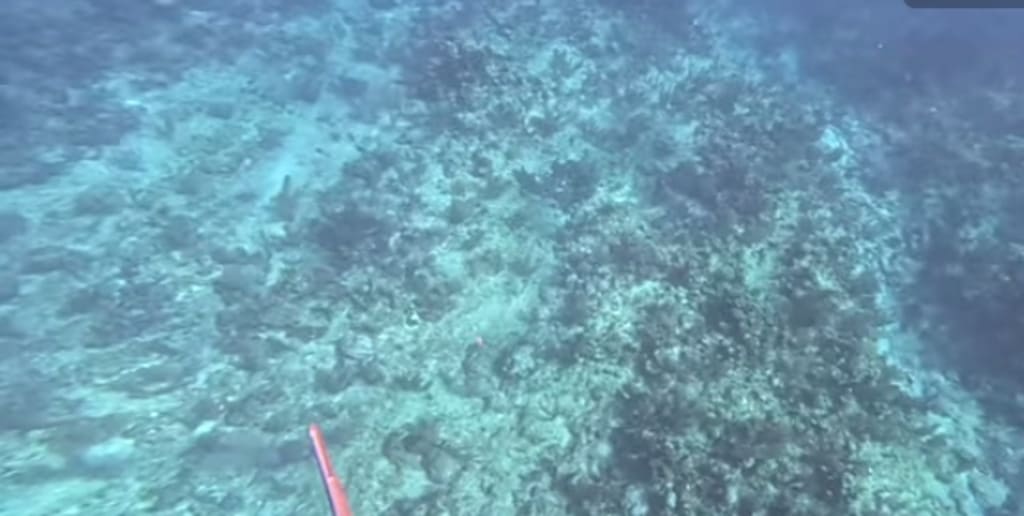Explorer Missions
Explorer alludes to different space missions led by NASA, explicitly the Explorer rocket. There are two Explorer shuttle, in particular Explorer 1 and Explorer 2, the two of which were sent off in 1977 with the essential objective of investigating the external planets of our planetary group. Here is some data about the Explorer missions:

Explorer Missions
Explorer alludes to different space missions led by NASA, explicitly the Explorer rocket. There are two Explorer shuttle, in particular Explorer 1 and Explorer 2, the two of which were sent off in 1977 with the essential objective of investigating the external planets of our planetary group. Here is some data about the Explorer missions:
Explorer 1: Sent off on September 5, 1977, Explorer 1's direction took it past Jupiter and Saturn. On February 14, 1990, it caught the renowned "Light Blue Dab" photo, which shows Earth as a small bit of light from a distance of around 6 billion kilometers. Explorer 1 authoritatively crossed the heliopause (the limit where the sun powered breeze from the Sun changes to interstellar space) on August 25, 2012, turning into the main human-made object to arrive at interstellar space.
Explorer 2: Sent off on August 20, 1977, Explorer 2 followed a somewhat unique direction, permitting it to visit Jupiter, Saturn, Uranus, and Neptune. It stays the main shuttle to have visited these external gas monsters. Explorer 2 formally crossed the heliopause on November 5, 2018, and furthermore proceeds with its excursion into interstellar space.
Key Accomplishments of the Explorer Missions:
Examined and sent back significant information on Jupiter and its moons, like itemized pictures of the Incomparable Red Spot and its fierce climate.
Given close-up sees and definite data about Saturn, its rings, and moons like Titan and Enceladus.
Found dynamic volcanoes on Jupiter's moon Io and uncovered the complexities of its volcanic action.
Led flybys of Uranus and Neptune, giving the very first close-up pictures of these far off planets and their moons.
Assembled information on the attractive fields, climates, and structure of the external planets, revealing insight into their attributes and arrangement.
It's vital to take note of that the Explorer rocket proceed to work and send back logical information, despite the fact that they are currently over forty years into their excursion. They give important data about the external locales of our nearby planet group and will probably keep on doing as such until their frameworks in the end shut down.
Rocket Plan: The Explorer space apparatus were intended to endure the cruel states of room and assemble information on their excursion. Every rocket comprises of a transport formed structure containing logical instruments, correspondence gear, and power frameworks. They were controlled by radioisotope thermoelectric generators (RTGs), which convert the intensity created by the rot of radioactive material into power.
Logical Instruments: Both Explorer 1 and Explorer 2 conveyed a set-up of logical instruments to concentrate on different parts of the planets they experienced. The instruments included cameras, spectrometers, magnetometers, plasma finders, and different sensors. These instruments gave significant information on the actual properties, airs, attractive fields, and creations of the planets and their moons.
Excellent Visit through the External Planets: The essential goal of the Explorer missions was to lead a "Stupendous Visit" of the external planets of our planetary group. The shuttle followed painstakingly arranged directions, known as gravity helps, to visit various planets in a solitary mission. Explorer 1's direction took it past Jupiter and Saturn, while Explorer 2's direction permitted it to investigate Jupiter, Saturn, Uranus, and Neptune.
Broadened Mission: After effectively finishing their essential mission targets, both Explorer rocket were reused for expanded missions. They were diverted to proceed with their excursions past the external planets and study the external ranges of the planetary group. This choice was made conceivable because of their vigorous plans, life span, and the accessibility of adequate power from the RTGs.
Interstellar Mission: As the Explorer shuttle wandered farther from the Sun, they entered the domain of interstellar space. Crossing the heliopause, they gave researchers important information about the interstellar medium, including estimations of the sun based breeze, attractive fields, and grandiose beams outside the impact of the Sun.
Brilliant Record: Both Explorer space apparatus convey an exceptional component known as the "Brilliant Record." These are phonograph records containing sounds and pictures chose to depict the variety of life and culture on The planet. The records remember good tidings for different dialects, music, hints of nature, and pictures portraying life on our planet. The records act as a period case, expected to speak with potential extraterrestrial developments that could experience the rocket in the far off future.
The Explorer missions stay a demonstration of human creativity, perseverance, and the journey for information. They have given us a fantastic abundance of data about our own nearby planet group and keep on investigating the unknown domains past.





Comments
There are no comments for this story
Be the first to respond and start the conversation.